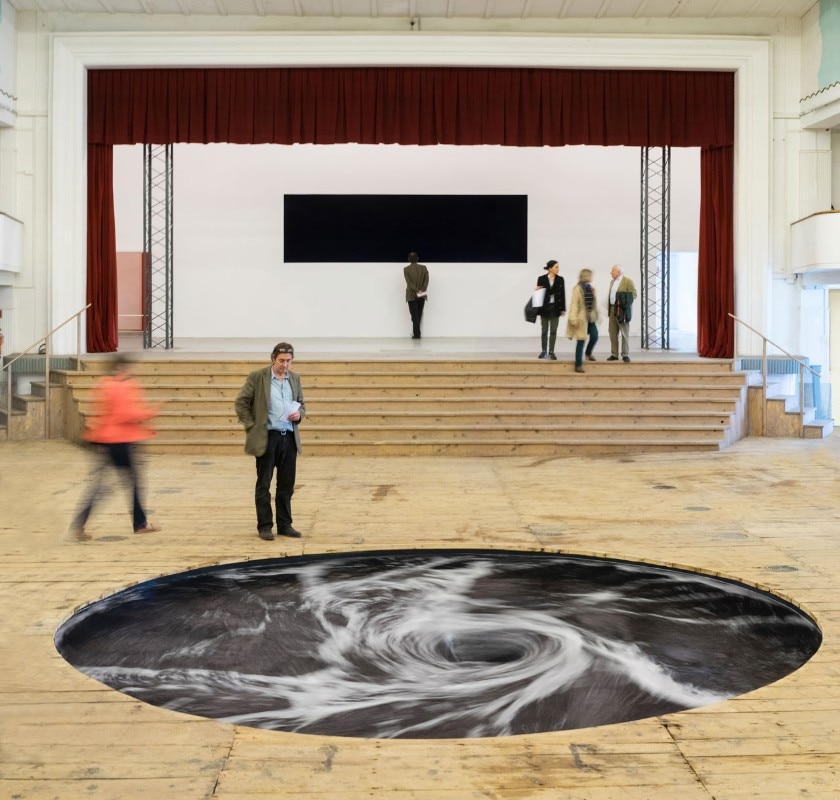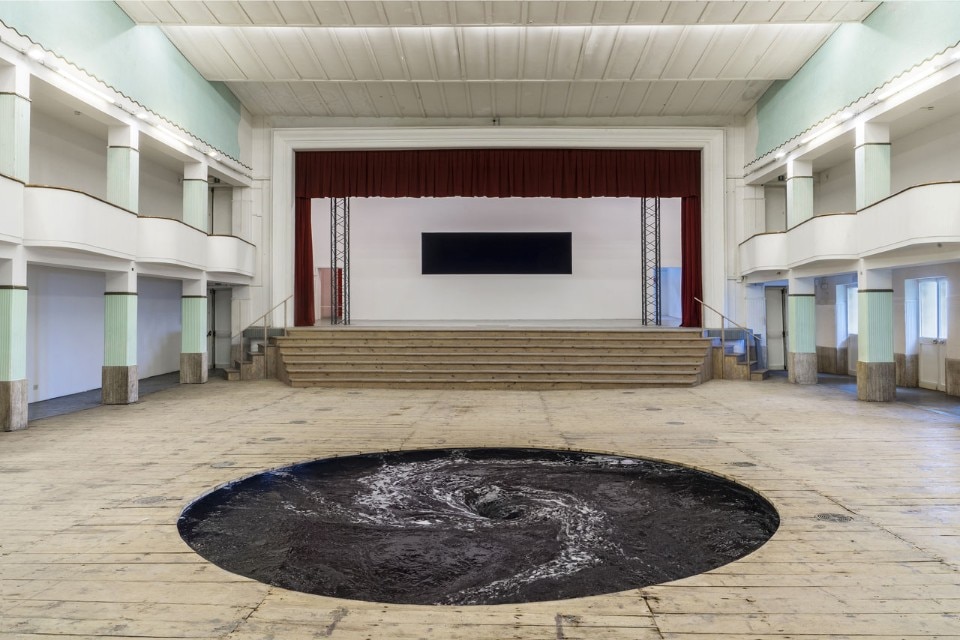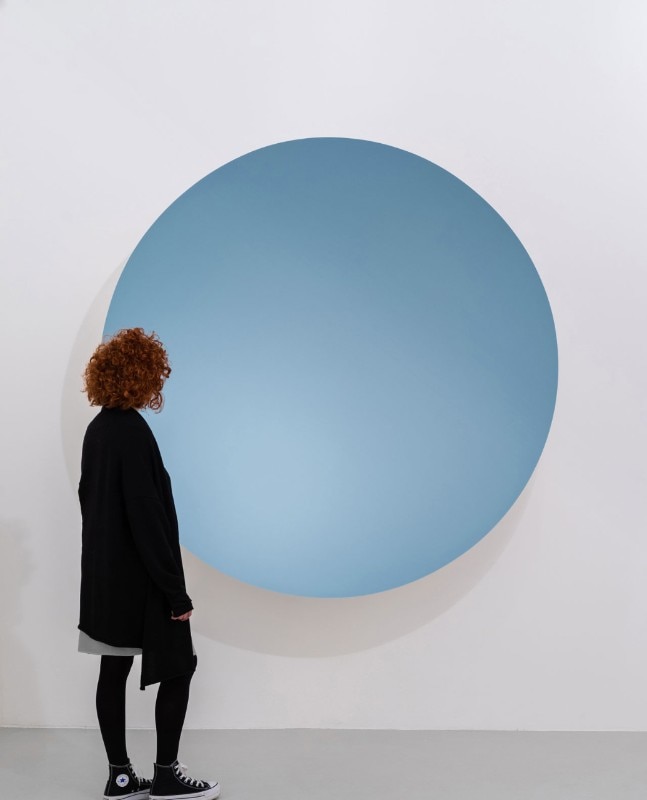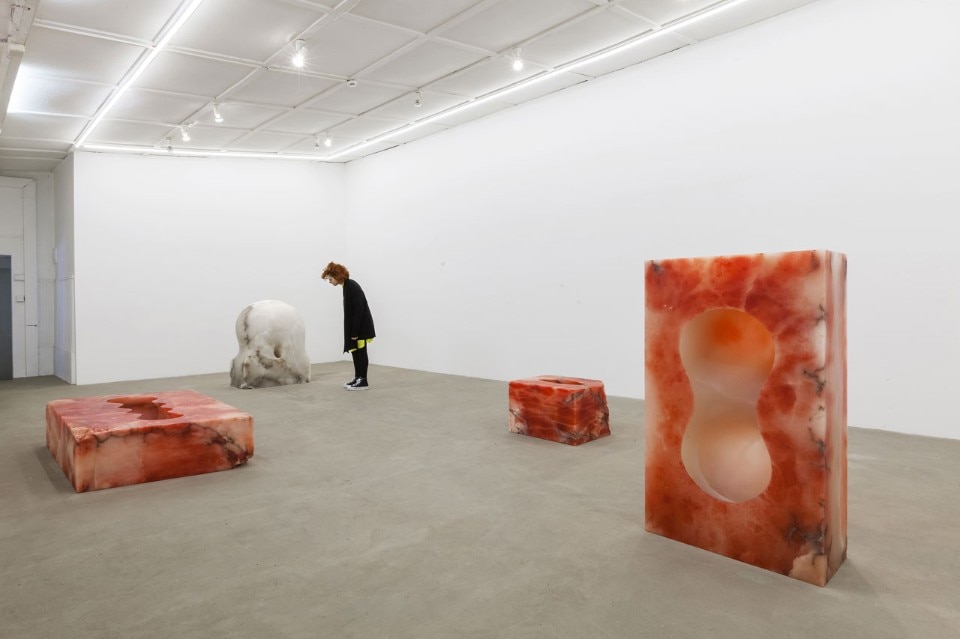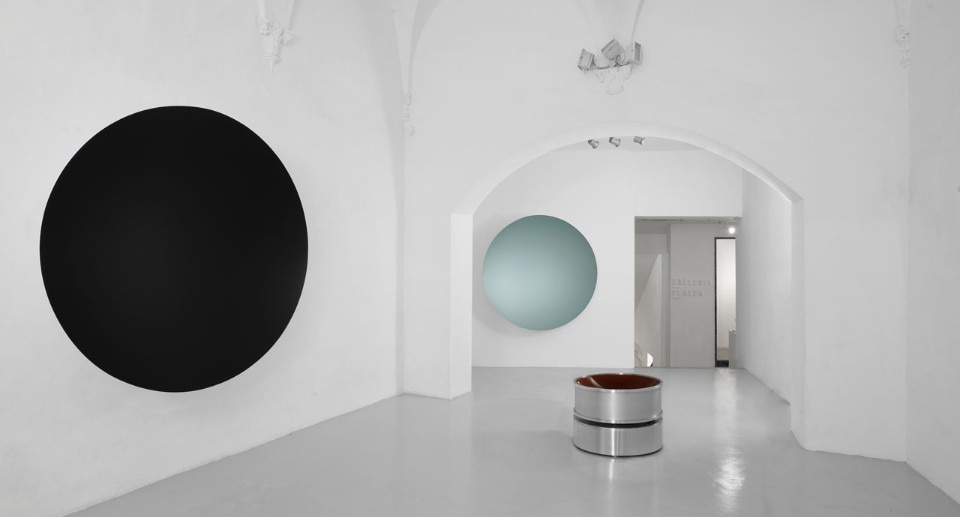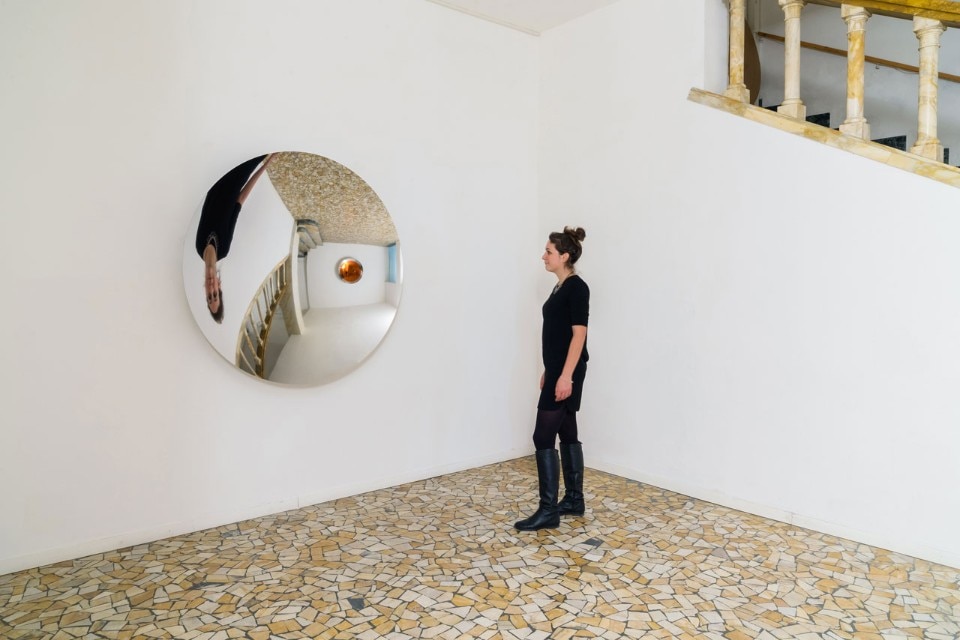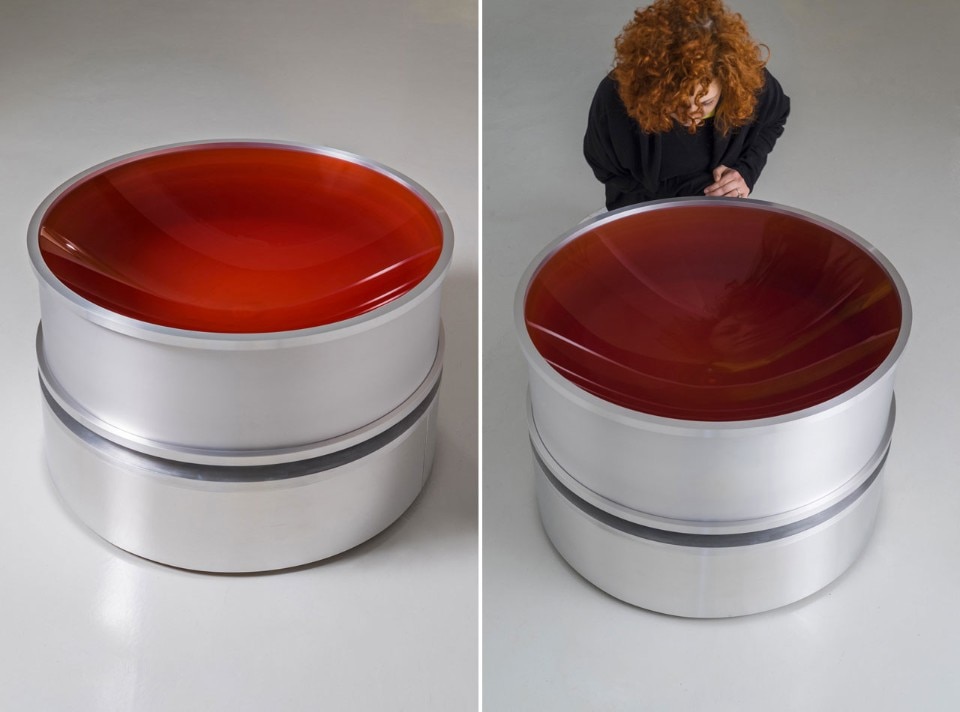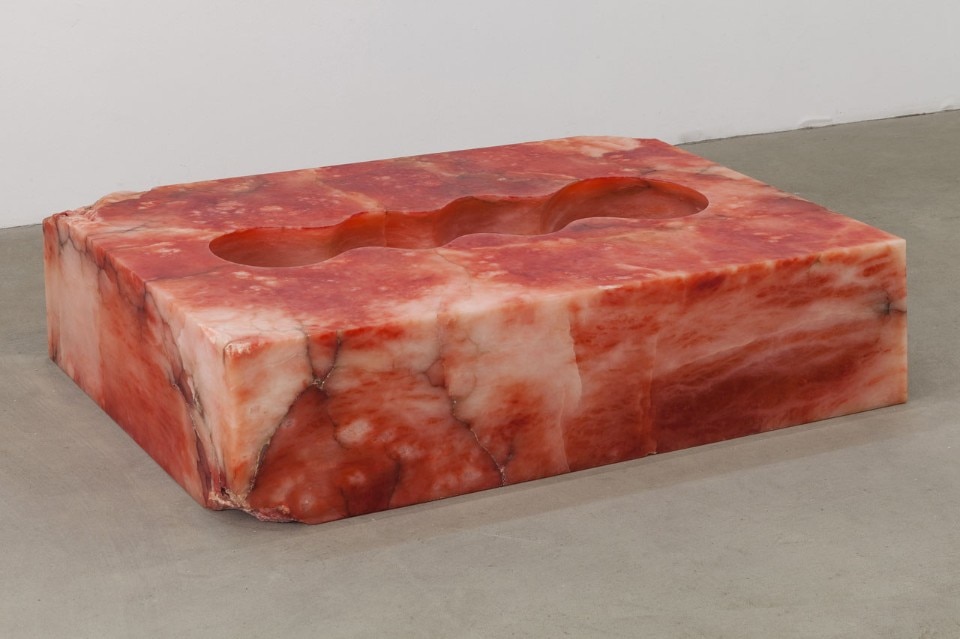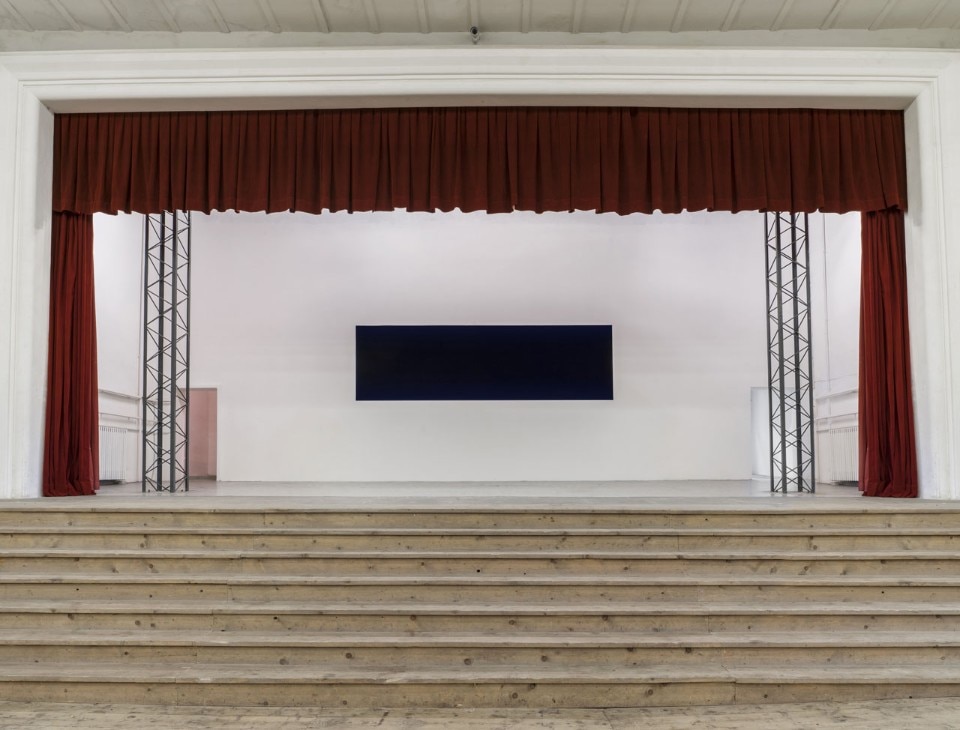At the Galleria Continua in San Gimignano, the work of the great Anglo-Indian artist contemporaneously evoke an array of contrasting images: such as the imminent arrival of a cataclysm but, at the same time, the call of a whale anxious to draw its young close.
